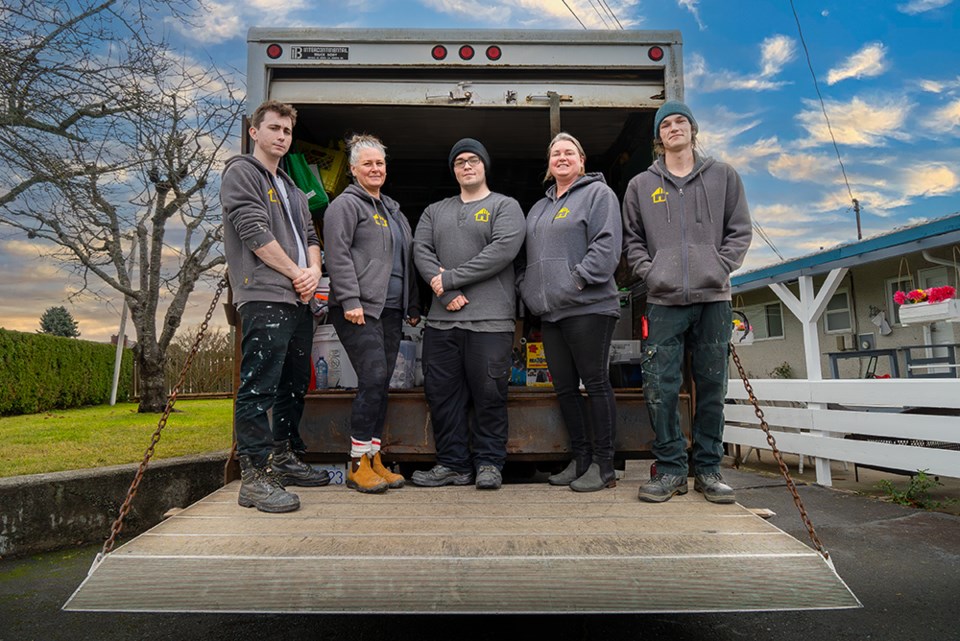Asbestos, once celebrated for its fire-resistant properties and versatility in construction, is now widely recognized as a silent and deadly threat. Amy Byles, owner of Assured Asbestos Abatement, shares the dangers posed by asbestos exposure and the importance of staying informed and safe during renovations.
Asbestos refers to a group of naturally occurring fibrous mineral silicates that gained popularity during the Industrial Age due to its ability to enhance the strength, heat resistance and chemical resistance of building materials.
However, this seemingly beneficial material has a dark side. It is now often referred to as the “hidden killer” due to its association with serious health risks.
“When you inhale large amounts of asbestos fibres released into the air, they can become lodged in your lungs, causing scarring and inflammation,” explains Byles.
Asbestos exposure can lead to a range of debilitating diseases, including asbestosis (lung scarring), lung cancer and mesothelioma (a rare cancer of the body’s cavity lining). The risk factors for these diseases are influenced by various factors, such as preexisting lung conditions and the duration and frequency of exposure.
“On average, it can take 15 to 30 years for diseases to develop after exposure,” adds Byles. “According to recent WCB stats, in 2022, asbestos was responsible for 61 of the 181 work-related deaths, the result of exposures that happened decades before.”
Renovating older homes can be a minefield when it comes to asbestos. Many construction materials used before 1990 contain it. Common culprits include drywall joint compound, vinyl floor tiles, vinyl sheet flooring, furnace duct wrap and vermiculite attic insulation.
Although the sale of asbestos-containing materials was banned in 1990, existing inventory continued to be sold, making the practical cutoff date for safe work closer to 1993.
To address the grave risks associated with asbestos, WorkSafeBC (WBC) has introduced new regulations effective January 1, 2024. These regulations mandate training, certification and licensing for asbestos abatement workers.
Individuals involved in asbestos abatement work must complete mandatory safety training and obtain certification through a WBC-approved training facility.
Furthermore, WorkSafeBC has established the Asbestos Abatement Licence (AAL) Registry, which allows the public, homeowners and contractors to verify whether an abatement contractor holds a valid licence. Owners and prime contractors must ensure that any asbestos abatement contractor they permit to work at a site holds a valid AAL.
For homeowners undertaking renovation work on their properties, due diligence is essential to ensure the safety of all occupants, including friends and family.
“If hiring a contractor, homeowners bear the responsibility of ensuring that the contractor possesses the necessary WBC certification, insurance and coverage for hazardous work,” says Byles. “Homeowners effectively act as general contractors and are liable should the hired company lack the required insurance or if issues arise during the project. Be assured your home will be left a safe environment.”
Staying informed about asbestos risks and adhering to the new regulations is the key to protecting lives and homes in British Columbia, she adds. Asbestos awareness and responsible renovation practices are essential for a healthier and safer living environment for all.
For more information on asbestos safety and regulations, go to the WorkSafeBC website (worksafebc.com). For expert advice and services, contact Assured Asbestos Abatement at 604.208.2054 or [email protected].




